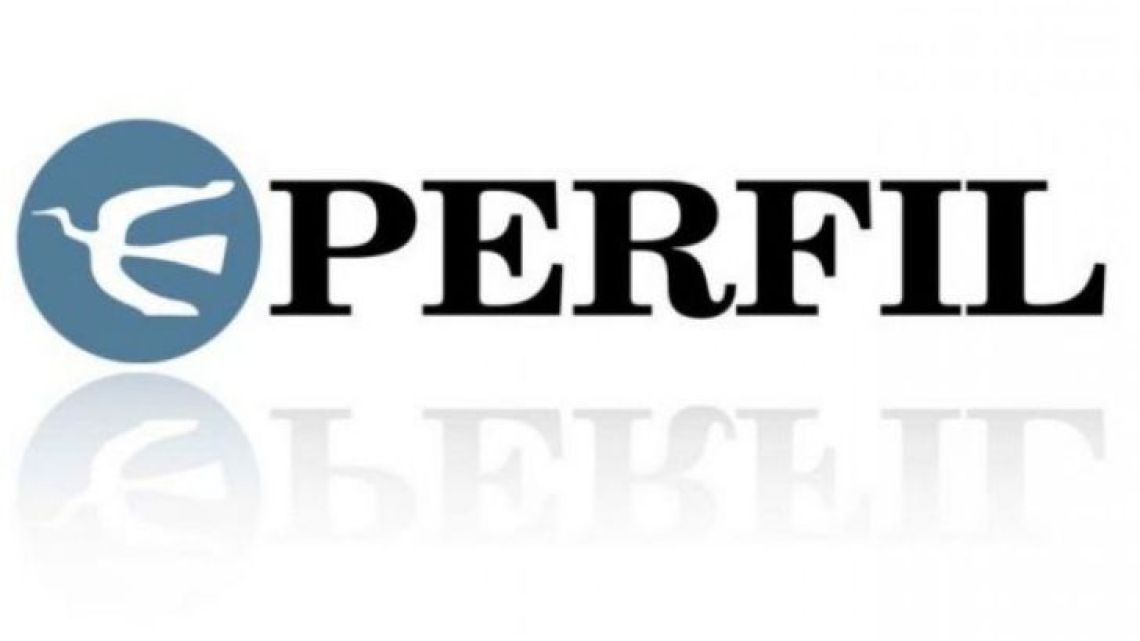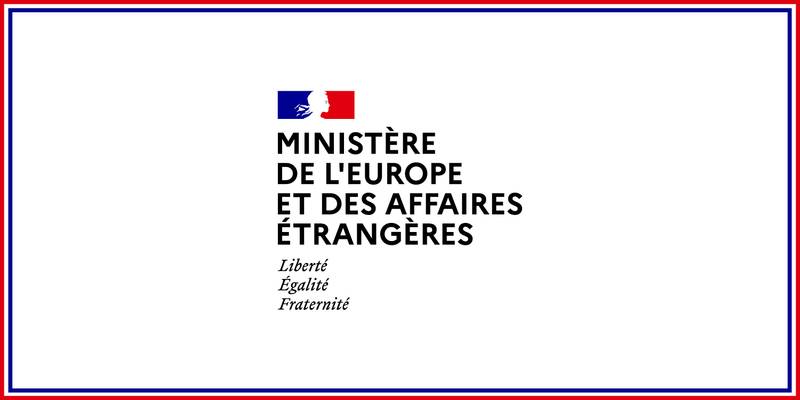No resentment with prop books, no prejudice: they are not books, it is true, but they are beautiful and have precise and beneficial uses: they usually serve to decorate, but also to hide. The range of what they can hide is wide, ranging from imperfections in the wall to hidden doors that lead to secret cellars and safes. They are resources that rich people often appeal to, but also public libraries. For example, the Tianjin Binhai Library, located in the city of Tianjin, in northern China, is a 3,400-square-meter futuristic structure visited by thousands of people every day, but it has some details that make visitors shocked. : Many of the books on the farthest shelves are actually painted on aluminum plates. Naturally, no one thinks of protesting, but they secretly point their fingers at them, make a disgusted face, and plunge back into the book they are reading. But contrary to what is believed, fake books are not something new.
As early as the 19th century, the British poet and humorist Thomas Hood had entire shelves full of ornamental books. In an 1851 letter, Charles Dickens asked his bookbinder, Thomas Robert Eeles, to make him a series of fake books to decorate the house where he lived with his family. With the exception that the titles were invented by Dickens himself, that he even cared about determining the number of volumes that each work should have. For example, one called Five Minutes in China was to have three volumes.
Dickens is considered one of the first writers to claim copyrights for his works and fight for them. And if something like this survives, why should we be shocked by the existence of ornamental books, which, although not Dickens’s invention, have been proven to be to his liking? (Actually, Dickens didn’t invent copyright, either, and he liked it, too. Asking the question again: why shouldn’t we like things that Dickens liked?).
In April an article appeared in the New York Times by journalist Anna Kodé dedicated to fake books, an industry that in the United States has the most varied exponents. There are those who sell books by the meter, which don’t fit perfectly into the category of fake books because they are actually real books, even though no one ever goes to open them to see what they contain. There are those who devote themselves exclusively to painting book spines on wooden planks to decorate the interiors of yachts, something very useful, as anyone who has ever traveled by boat will understand, for when the weather turns ugly. Another is dedicated to collecting the books that people discard to paint them and create color palettes to suit the client, also for sale by the meter. Strange as it may seem, during the pandemic the demand for this type of product grew considerably to cover the back of the client during video conferences.
A British company, DecBooks, provided twenty thousand fake books to Netflix for a production. The same company filled the entire library at One Whitehall Place, a prestigious and stately London reception room, with thirty-five thousand counterfeit books. It seems even true readers, that is, those who can afford it, turn to fake books to fill the highest shelves, the ones that are never accessed and only serve to collect dust, because empty shelves don’t look good and are depressing.
I myself am the happy possessor of a fake book. I won’t say which one it is, for clear and obvious security reasons, but it is a beautiful book, and inside it contains a small safe where I keep my treasures: the passport and some trinkets.
2023-08-06 05:20:52
#fake #book #industry


